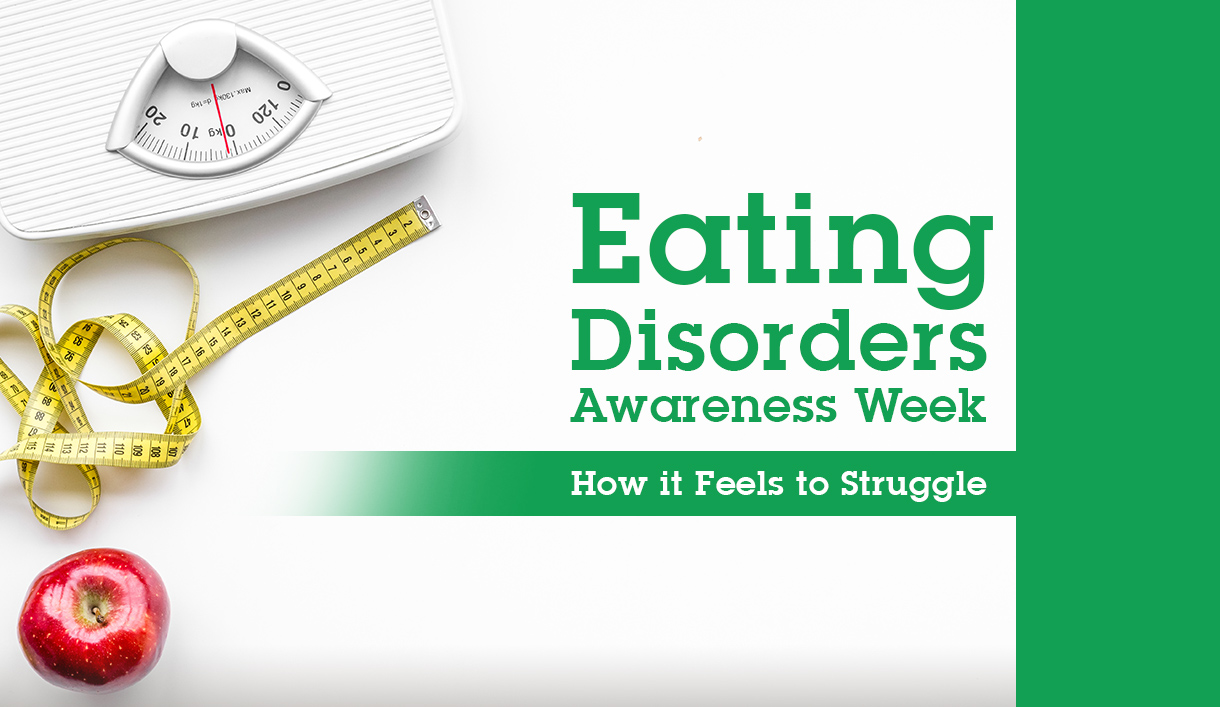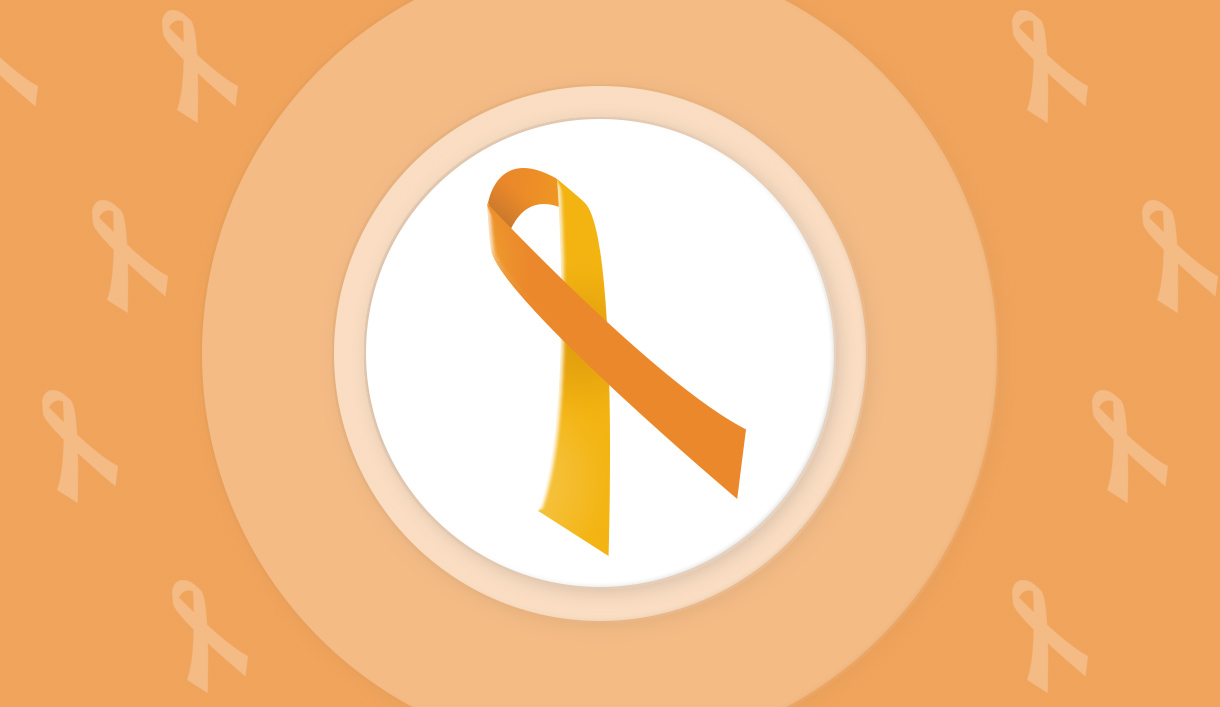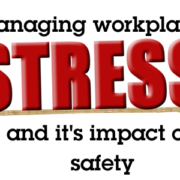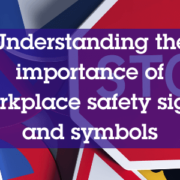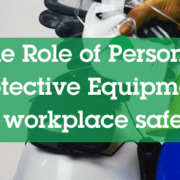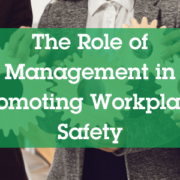Psychosocial Factors of Health and Safety
Safety and Health: The Critical Role of Human Factors in Risk Management
In the world of workplace safety, it’s not just about following protocols and wearing protective equipment. Beyond the physical aspects of safety lies an area that often goes unnoticed but holds significant sway over our well-being: the psychosocial factors. Let’s look at this intriguing aspect and understand how elements like work pressure, job satisfaction, and relationships shape the landscape of health and safety at work.
Before we embark on this journey, it’s essential to understand that workplace health and safety covers more than meets the eye. While many might associate it primarily with hazard control and compliance, there’s a profound psychological and social dimension that cannot be overlooked. This is where the NEBOSH Diploma, a qualification in occupational health and safety, plays a pivotal role. Recognised globally, it will equip you with the expertise to navigate the link between physical and psychological factors, ensuring both physical and psychological safety in the workplace.
Impact of psychosocial factors
Let’s look at the layers of psychosocial factors and their profound impact on health and safety:
- Work Pressure: The Silent Culprit
Picture this: tight deadlines, mounting workload, and constant performance pressure. While these are hallmarks of many workplaces, they also serve as breeding grounds for stress and burnout. High levels of work pressure not only affect mental health but also compromise decision-making and increase the likelihood of accidents. Understanding and managing workloads effectively is vital to mitigate these risks. - Job Satisfaction: The Fuel for Engagement
It’s no secret that happy employees are productive employees. Job satisfaction plays an important role in shaping attitudes towards safety practices. When employees feel valued, engaged, and satisfied with their roles, they’re more likely to follow safety protocols and actively participate in hazard identification and prevention. Conversely, dissatisfaction and disengagement can lead to complacency and apathy towards safety, putting everyone at risk. - Interpersonal Relationships: Building Bridges, Not Barriers
Human beings are inherently social creatures, and the quality of interpersonal relationships in the workplace can significantly impact overall well-being. Positive relationships builds trust, collaboration, and open communication, creating an environment where safety concerns are addressed proactively and conflicts are resolved constructively. Conversely, toxic relationships breed tension, stress, and resentment, creating barriers to effective safety management.
Building Health and Safety in the Workplace
Understanding the interplay between these psychosocial factors is key to building health and safety in the workplace. By addressing work pressure, enhancing job satisfaction, and nurturing positive relationships, organisations can create environments where employees thrive, and safety flourishes.
While technical expertise and compliance are essential pillars of workplace health and safety, it’s vital not to overlook the human element. The NEBOSH Diploma serves as a beacon, guiding professionals towards a deeper understanding of the psychosocial factors that shape our well-being at work.



